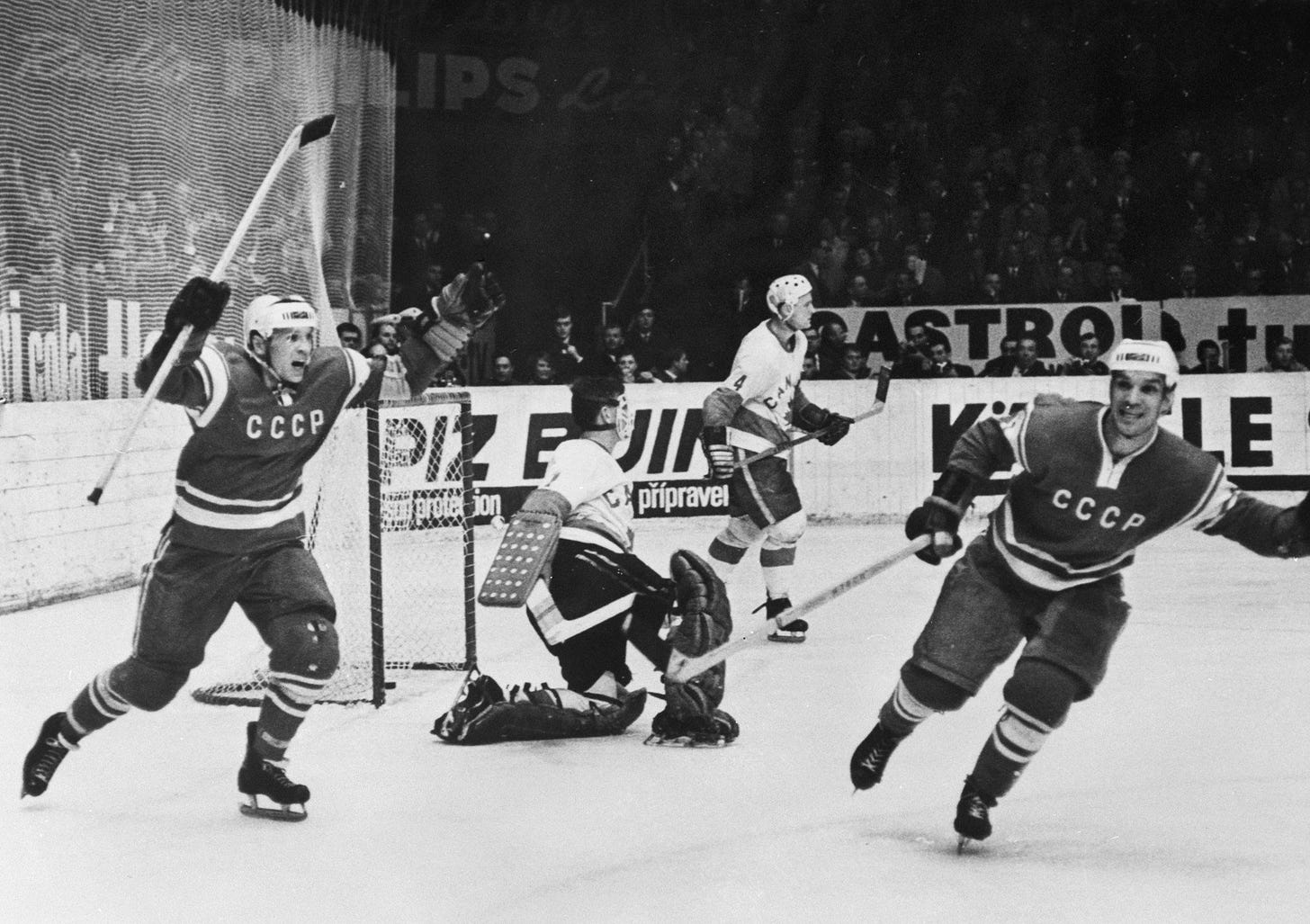
Walk into almost any practice and you’ll see the same structure: fixed drills, timed intervals, repeated movements done the “right” way. Coaching often looks like precision manufacturing, clean inputs, controlled outputs, minimal variation.
That’s not a coincidence.
In the early 20th century, sport borrowed much of its foundational logic from industry. Henry Ford didn’t just revolutionize car manufacturing, he introduced a worldview: break the task down, remove inefficiencies, control for error, and output will follow (Tinning, 1990).
Coaches, like floor managers, began to organize training by those principles. Movements were segmented. Technique was standardized. Repetition became synonymous with mastery. The goal was uniformity, because uniformity made performance easier to manage (Kirk, 1992; Ingham & Hardy, 1984).
This shift wasn’t a problem at first. It helped establish structure and discipline in a growing field. But repetition has a way of becoming religion. What starts as a process becomes a belief. Beliefs become filters. And filters distort what we see as talent (Green, 2003; Cushion, Armour, & Jones, 2006).
This isn’t just a metaphor. Researchers have traced how early coaching and sport science systems were built atop industrial, military, and mechanistic models. Athletes were often treated as controllable machines, systems to be managed, not individuals to be understood (Hoberman, 1992; Barker & Tinning, 2010). These early structures weren’t optimized for individual growth. They were optimized for throughput, control, and conformity.
The Military–Scientific Merger
Before the Second World War, most sport systems operated on feel. Coaching was shaped by experience, apprenticeship, and tradition. Training plans came from the gut or were borrowed from track clubs, physical educators, or military drills. There were brilliant coaches and great athletes, but there were few systems (Kirk, 1992).
That changed after the war, and it changed fast.
By the early 1950s, sport was no longer just about games. It had become a stage for political performance. Olympic medals weren’t trophies. They were proof; of national strength, ideological superiority, and the capacity to engineer human excellence (Riordan, 1977; Keys, 2006).
No one embraced this faster than the Soviet Union. In just over a decade, they built one of the most dominant sport systems in history. Centralized academies scouted and trained children. Technique was codified. Volume was scaled. Athletes were developed according to plan, not personality. A Soviet gold medal was a political message: our model works.
The United States responded in kind, but followed a different blueprint. Military funding poured into human performance labs. University departments, often linked to defense and aerospace research, began studying fatigue, stress, biomechanics, and recovery (Hoberman, 1992). Strength and conditioning emerged not from sport itself, but from military needs: how much could a soldier carry, lift, endure?
Meanwhile, the broader systems that shaped social life were also transforming. Business was being reshaped by management science, systems theory, and organizational control models (Green, 2008). Education became more industrialized, emphasizing standardization, sequencing, and fixed curricular delivery (Tinning, 1990). These sectors shared a common faith in structure, measurement, and top-down control.
And that’s where most coaches came from.
Coaching was rarely a primary career. For much of the 20th century, most coaches were volunteers. They worked full-time as teachers, managers, or servicemen. Coaching was a second job, or a third. Even celebrated figures like Arthur Lydiard developed world-class athletes while working as a shoemaker and then as a milkman. The professionalization of coaching is a relatively recent phenomenon (Cassidy, Jones, & Potrac, 2009).
That matters. Because when coaching is your side profession, you don’t build it from scratch. You import the tools you already trust. And so the field inherited the logic of the institutions its early coaches came from, discipline from the military, hierarchy from business, and efficiency from education.
This is the part we often forget. Sport didn’t create its own logic. It inherited it.
It’s tempting to think of coaching as something organic to the field, as if it emerged naturally from the demands of games or the needs of athletes. But much of what we still call “best practice” was shaped elsewhere, by systems built for compliance, not complexity. The drills, the hierarchies, the volume-based progressions, they weren’t designed for sport. They were borrowed from systems designed to manage people at scale.
And once they worked well enough, no one asked where they came from.
References
Barker, D., & Tinning, R. (2010). Peering into the black box: A metaphorical analysis of sport pedagogy. Sport, Education and Society, 15(5), 565–582. https://doi.org/10.1080/13573322.2010.513740
Cassidy, T., Jones, R. L., & Potrac, P. (2009). Understanding sports coaching: The social, cultural and pedagogical foundations of coaching practice (2nd ed.). Routledge.
Cushion, C. J., Armour, K. M., & Jones, R. L. (2006). Locating the coaching process in practice: Models, views and beliefs. Physical Education and Sport Pedagogy, 11(1), 83–99. https://doi.org/10.1080/17408980500422974
Green, K. (2003). Physical education teachers on physical education: A sociological study of philosophies and ideologies. Chester Academic Press.
Green, M. (2008). Governing under advanced liberalism: Sport policy and organizational change in UK sport. Policy Studies, 29(3), 303–317. https://doi.org/10.1080/01442870802139800
Hoberman, J. (1992). Mortal engines: The science of performance and the dehumanization of sport. Free Press.
Ingham, A. G., & Hardy, S. (1984). Sport: Structuration, subjugation, and hegemony. Theory, Culture & Society, 2(2), 85–103. https://doi.org/10.1177/026327684002002005
Keys, B. J. (2006). Globalizing sport: National rivalry and international community in the 1930s. Harvard University Press.
Kirk, D. (1992). Defining physical education: The social construction of a school subject in postwar Britain. Falmer Press.
Riordan, J. (1977). Sport in Soviet society: Development of sport and physical education in Russia and the USSR. Cambridge University Press.
Tinning, R. (1990). Physical education and the cult of efficiency. Deakin University Press.


